Timber wood in our country, Nigeria
Nigeria is rich in timber resources and has a variety of wood species found within its forests. Timber plays a significant role in the country's economy and is used for various purposes, including construction, furniture making, and crafting.

https://pixabay.com/it/photos/legname-tronco-dalbero-84678/
Some of the commonly found timber wood species in Nigeria include:
African Mahogany (Khaya spp.): This is a popular timber species known for its strength and durability. It is commonly used in furniture making, cabinetry, and interior finishing.
Teak (Tectona grandis): Teak is a highly valuable and sought-after timber species known for its strength, stability, and resistance to decay. It is widely used for outdoor furniture, boat building, flooring, and construction.
Iroko (Milicia excelsa): Iroko is a hardwood species that is commonly used for various applications, including furniture, flooring, decking, and construction. It is known for its durability and resistance to insects and decay.
African Walnut (Lovoa trichilioides): African Walnut is a hardwood species with a distinctive grain pattern. It is used for furniture making, cabinetry, and decorative veneers.
Obeche (Triplochiton scleroxylon): Obeche is a lightweight timber species that is easy to work with. It is commonly used for interior joinery, moldings, and plywood.
Mahogany (Swietenia macrophylla): Mahogany is a highly valuable timber species known for its reddish-brown color, straight grain, and durability. It is used for high-quality furniture, flooring, paneling, and musical instruments.
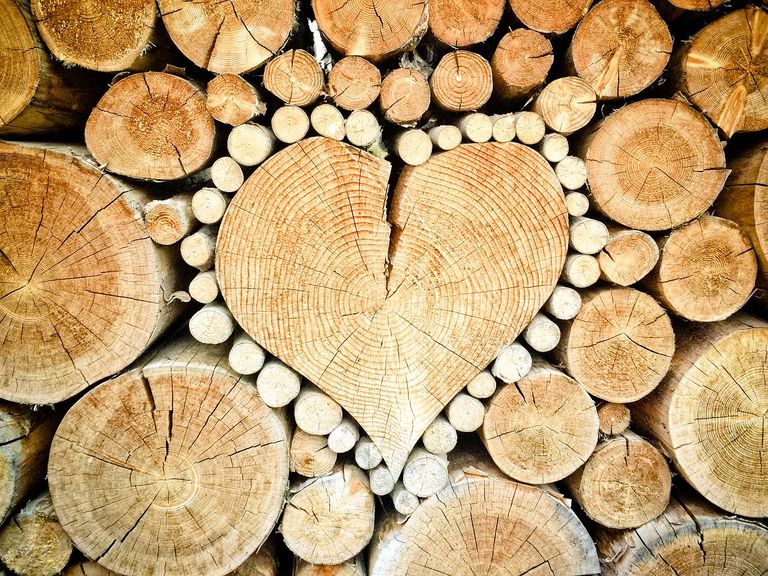
These are just a few examples of the timber wood species found in Nigeria. The availability of specific species may vary across different regions within the country. It is essential to ensure sustainable and responsible logging practices to preserve Nigeria's forests and maintain the long-term availability of timber resources.
Where is it found in Nigeria?
Timber wood species can be found in various forested regions across Nigeria. The distribution of specific wood species may vary, but generally, timber resources can be found in the following regions:
Southwest Nigeria: The southwest region, including states like Ogun, Oyo, Osun, and Ekiti, has significant timber resources. Forest reserves such as Omo Forest Reserve and Oluwa Forest Reserve are known for their timber production.
Southeast Nigeria: The southeast region, encompassing states like Enugu, Anambra, Ebonyi, and Imo, also has timber resources. Forest reserves such as Okwangwo Division in Cross River State and the Olokemeji Forest Reserve in Ekiti State are examples of areas with timber potential.
South-South Nigeria: The south-south region, which includes states like Delta, Rivers, Bayelsa, and Akwa Ibom, has vast forest resources with various timber species. The Cross River National Park and Okomu National Park are notable areas for timber production.
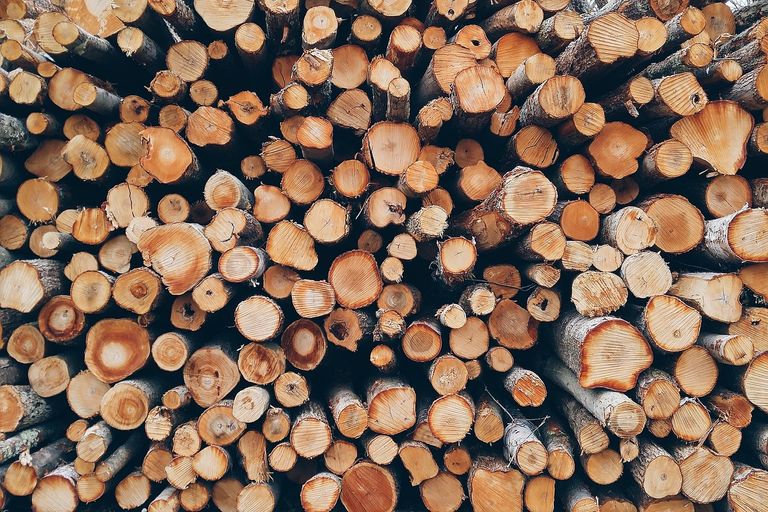
North-Central Nigeria: The north-central region, including states like Plateau, Benue, and Nasarawa, has forested areas that contain timber resources. Forest reserves like Kainji Lake National Park and Afi River Forest Reserve are known for their timber potential.
Northeast Nigeria: The northeast region, comprising states like Adamawa, Borno, and Taraba, has forested areas where timber resources can be found. Gashaka-Gumti National Park and Sambisa Forest Reserve are examples of areas with timber potential.
The distribution of timber species may not be uniform throughout Nigeria, and specific species may have localized habitats. Additionally, sustainable management and responsible logging practices are crucial for preserving Nigeria's forest ecosystems and ensuring the long-term availability of timber resources.
How is it produced in the country
The production of timber in Nigeria involves several steps, including logging, processing, and distribution. Here is an overview of the timber production process in the country:
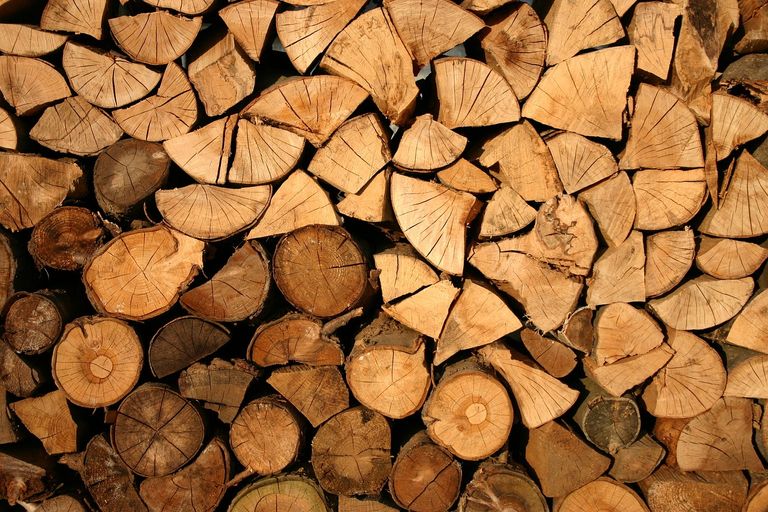
Logging: Timber production begins with the process of logging, which involves the felling of trees. In Nigeria, logging activities are typically carried out by licensed timber companies or individuals who have obtained permits from relevant government agencies. The logging process should adhere to regulations and guidelines to ensure sustainable practices and minimize environmental impact.
Tree Extraction: Once the trees are felled, they are usually transported to designated collection points within the forest or nearby sawmills. This transportation process may involve the use of trucks, tractors, or other suitable vehicles, depending on the accessibility of the logging site.
Processing: At the sawmills or timber processing facilities, the extracted logs are further processed. The processing involves removing the bark and branches from the logs and converting them into usable timber. Different techniques are employed, such as sawing, slicing, or veneer cutting, depending on the desired end product.
Drying and Treatment: After processing, the timber may undergo drying to reduce moisture content and increase its stability. This can be achieved through air drying or using kilns. Additionally, some timber species may require treatment to enhance their resistance to pests, fungi, and decay. Treatment methods such as pressure treatment or chemical preservatives may be applied.
Finishing and Value Addition: Once the timber is dried and treated, it can be further processed and transformed into various products. This includes activities such as planing, shaping, sanding, and joining to create finished timber products like furniture, flooring, doors, and other construction materials. Value addition processes may also involve staining, painting, or applying protective coatings.
Distribution and Market: The final stage of timber production involves the distribution and marketing of the finished timber products. Timber is supplied to various sectors, including construction companies, furniture manufacturers, interior decorators, and individual consumers. Timber products can be sold locally within Nigeria or exported to international markets.

https://pixabay.com/it/photos/natale-motivo-case-a-graticcio-3834860/
Sustainable forestry practices and responsible logging are crucial for the preservation of Nigeria's forests and the long-term availability of timber resources. The government and relevant regulatory bodies play a vital role in monitoring and enforcing guidelines to ensure sustainable timber production practices in the country.
Some of the uses of timber wood in Nigeria
Timber wood in Nigeria is utilized for various purposes due to its versatility, durability, and aesthetic appeal. Here are some common uses of timber wood in the country:
Construction: Timber is widely used in the construction industry for structural purposes. It is utilized in the construction of houses, buildings, bridges, and other infrastructure projects. Timber beams, columns, trusses, and frames are commonly used for their strength and load-bearing capabilities.
Furniture Making: Timber wood is a popular material for furniture production in Nigeria. Skilled craftsmen create a wide range of furniture items, including tables, chairs, beds, cabinets, shelves, and wardrobes, using different timber species. The durability, aesthetics, and natural appeal of timber make it a preferred choice for furniture production.
Flooring and Decking: Timber flooring is a common choice for both residential and commercial spaces in Nigeria. Hardwood species like Iroko, Teak, and Mahogany are particularly popular due to their durability and resistance to wear and tear. Timber decking is also used for outdoor spaces such as patios, decks, and walkways.
Interior Finishing: Timber is utilized in various interior finishing applications, including wall paneling, doors, window frames, moldings, and trim work. These elements enhance the aesthetics of interiors and provide a natural and warm ambiance.
Cabinetry and Joinery: Timber is extensively used for cabinetry, including kitchen cabinets, wardrobes, and storage units. Its strength, workability, and ability to take finishes make it a suitable choice for creating durable and aesthetically pleasing storage solutions. Joinery works such as doors, windows, and staircases also commonly incorporate timber.
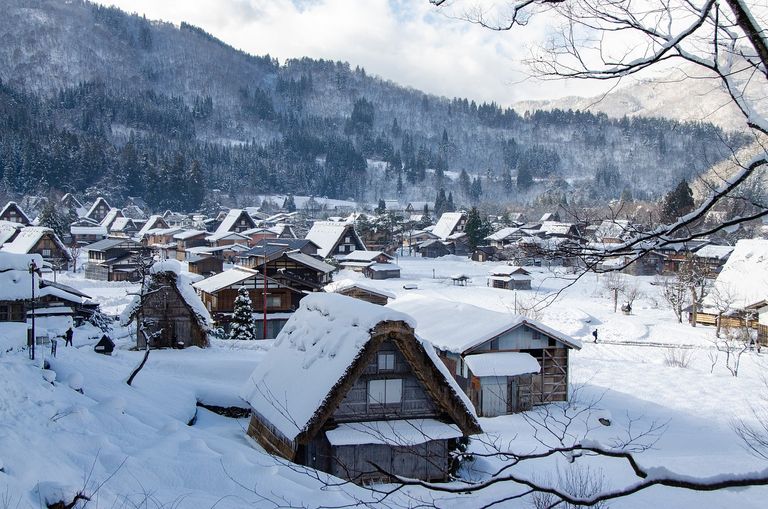
https://pixabay.com/it/photos/shirakawa-go-tradizionale-giappone-3968395/Craftsmanship and Artistic Works: Timber wood is used by artisans and craftsmen for intricate carvings, sculptures, and artistic works. Traditional crafts, such as masks, figurines, and traditional musical instruments, often utilize timber as the primary material.
Packaging and Pallets: Timber is used for packaging purposes, such as crates and pallets, to transport and store goods safely. These applications take advantage of timber's strength and durability to protect and secure various products during shipping and handling.
Sustainable timber sourcing and responsible forestry practices are essential to ensure the long-term availability of timber resources in Nigeria while preserving the country's forests and biodiversity.
How affordable is it in Nigeria
The affordability of timber wood in Nigeria can vary depending on several factors, including the type of timber species, availability, market demand, and regional factors. Here are some considerations regarding the affordability of timber wood in Nigeria:
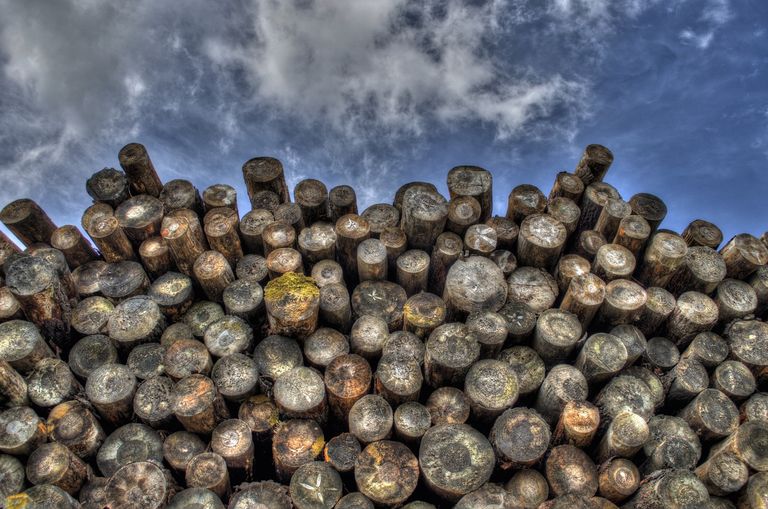
https://pixabay.com/it/photos/tronchi-dalbero-di-legno-legname-498538/
Timber Species: The cost of timber can vary based on the species. Some high-demand and premium hardwood species, such as Teak and Mahogany, may be relatively more expensive compared to other species. On the other hand, more abundant and locally available timber species may be more affordable.
Availability and Local Sourcing: The cost of timber can be influenced by its availability in specific regions. If a particular timber species is abundant and easily accessible in a specific area, the cost may be lower compared to regions where it is less readily available. Local sourcing and proximity to timber production areas can also affect the affordability due to reduced transportation costs.
Processing and Value Addition: The level of processing and value addition can impact the cost of timber products. Finishing, shaping, and other value-added processes contribute to the overall cost of timber products. Customization and intricate craftsmanship can also increase the price.
Market Demand: The demand for timber wood in the market can affect its affordability. High demand for specific timber species or products can drive prices up, while lower demand may result in more affordable prices.
Market Factors: General market conditions, including inflation, exchange rates, and the overall economic situation, can impact the affordability of timber wood. Fluctuations in currency value, inflation rates, and market stability can influence the pricing of timber products.
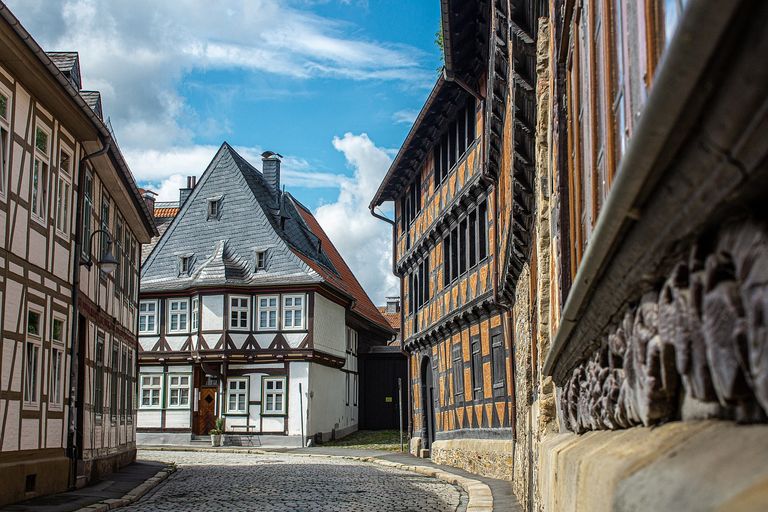
https://pixabay.com/it/photos/strada-vicolo-costruzione-6531031/
Timber wood prices can vary over time, and it is advisable to research and compare prices from different suppliers and sources. Additionally, sustainable timber sourcing practices and adherence to legal and regulatory frameworks help ensure the long-term affordability and availability of timber wood in Nigeria.
Congratulations, your post has been upvoted by @dsc-r2cornell, which is the curating account for @R2cornell's Discord Community.